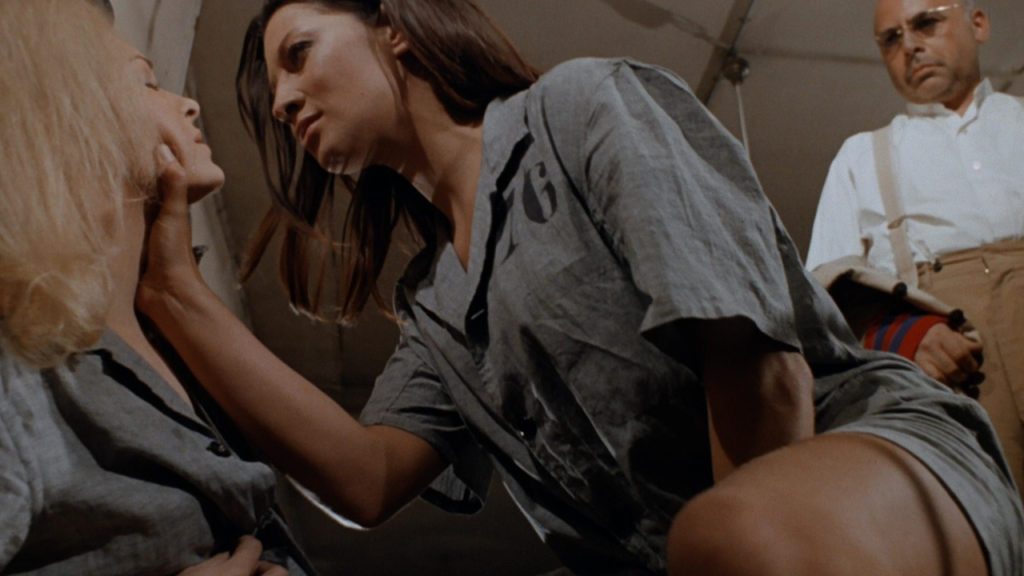love4livi.com – Released in 1969, “99 Women” is a Spanish-German Eurospy film directed by the prolific filmmaker Jesús Franco. Known for its exploitation and erotic themes, the film became a cult classic, infamous for its sexually charged atmosphere and controversial subject matter.
A Tale of Power, Corruption, and Lust
Set on a remote tropical island prison, the film follows the story of a group of female inmates who are subjected to harsh conditions and sadistic guards. The warden, a ruthless and manipulative figure, uses his authority to exploit and abuse the prisoners. Amidst the oppressive environment, a sense of rebellion and defiance begins to emerge among the inmates.
The film delves into themes of power, corruption, and sexual desire. It features a cast of glamorous actresses, including Maria Schell, Mercedes McCambridge, Maria Rohm, Rosalba Neri, and Luciana Paluzzi, who portray a diverse range of characters, from hardened criminals to innocent victims.
A Controversial Legacy
“99 Women” was a groundbreaking film for its time, pushing the boundaries of censorship and exploring taboo subjects. Its explicit sexual content and graphic violence shocked audiences and critics alike. The film’s provocative nature led to controversy and condemnation, but it also garnered a cult following among fans of exploitation cinema.
The film’s impact can be seen in its influence on subsequent prison films and exploitation cinema. Its blend of eroticism, violence, and social commentary continues to fascinate and disturb viewers.
A Cautionary Tale or a Sensational Spectacle?
“99 Women” is a complex and contradictory film that defies easy categorization. It can be viewed as a cautionary tale about the abuse of power and the dehumanizing effects of imprisonment. Alternatively, it can be seen as a sensational spectacle that exploits female sexuality and violence.
Ultimately, the film’s interpretation is subjective and depends on the viewer’s perspective. Whether it is a disturbing exploration of human nature or a lurid exploitation flick, “99 Women” remains a fascinating and controversial piece of cinematic history.


